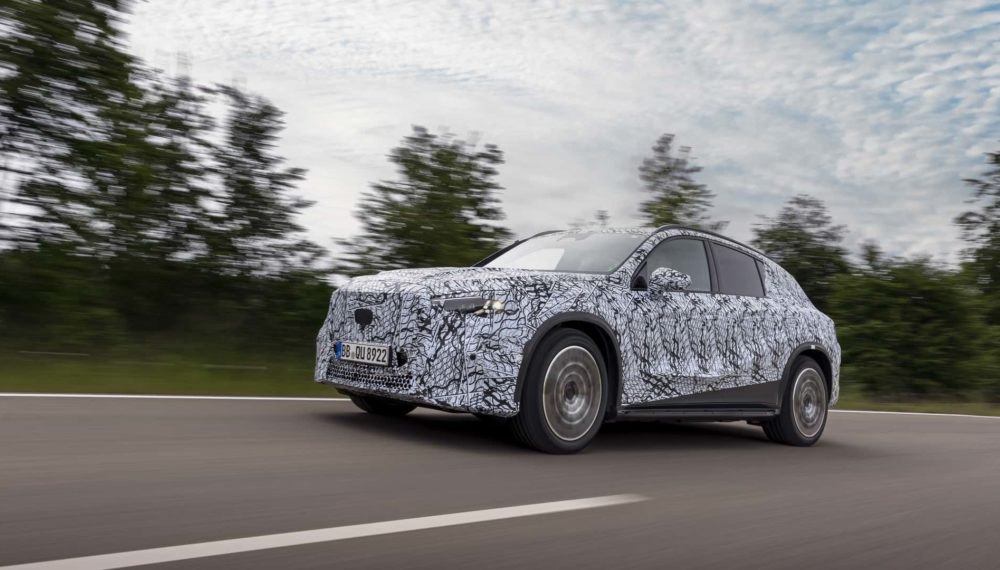In 1994, the NECAR 1, the world’s first vehicle fitted with an electric drive with fuel cells was launched. Since then, Mercedes-Benz has made enormous progress in developing this technology: local zero-emission fuel cell vehicles have performed superbly in test fleets. In 2009, Mercedes‑Benz took the decisive step towards mass production of the electric drive with fuel cells as it started to manufacture the B‑Class F‑CELL under series production conditions.
1999 – The NECAR 4 managed for the first time to house a 70-kW/95-hp electric drive with fuel cells including the tank entirely in the sandwich floor of the A‑Class. The research vehicle was powered by compressed hydrogen and had a range of 200 kilometres.
2003 – The first of 30 fuel cell urban buses based on the Mercedes-Benz Citaro went into regular service in Madrid and Stuttgart. Other European cities as well as Perth (Australia) and Beijing were to follow. By 2006 all the vehicles had clocked up over two million zero-emission kilometres in around 135,000 operating hours.
2004 – Mercedes-Benz handed over ten fuel cell cars to customers in Berlin. The A‑Class F‑CELL filled up with hydrogen at the public filling station run by the Clean Energy Partnership (CEP).
2009 – Mercedes-Benz unveiled its near-series Concept BlueZERO study, a modular drive concept for electric vehicles with a battery-electric drive system, with fuel cells, and with an electric motor and additional combustion engine as a range extender.
2009 – Mercedes-Benz produced the first fuel cell vehicles under series production conditions with the small production series of the B‑Class F‑CELL. Thanks to 700-bar high-pressure hydrogen technology the range of the 100-kW/136-hp vehicle, which is suited for everyday use, was extended to around 400 kilometres.



















